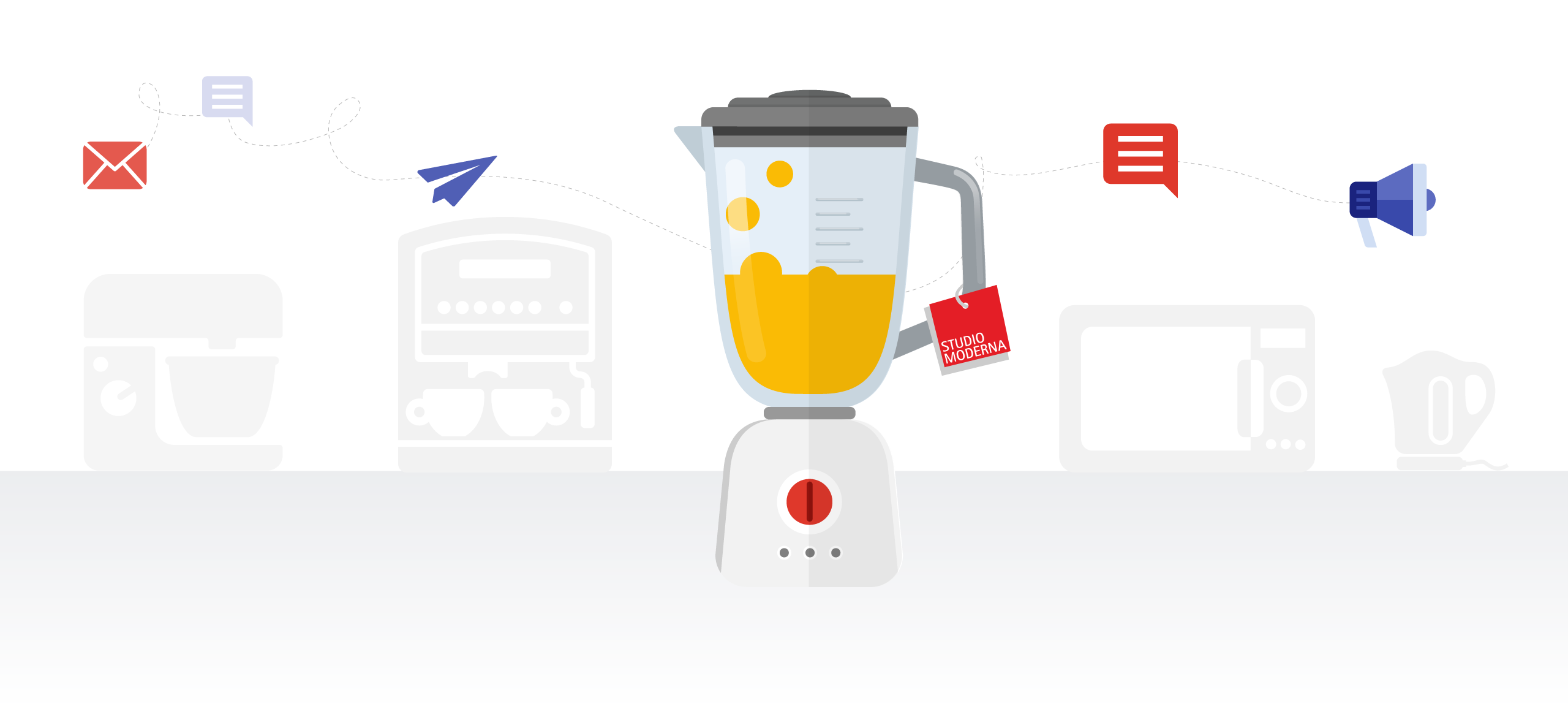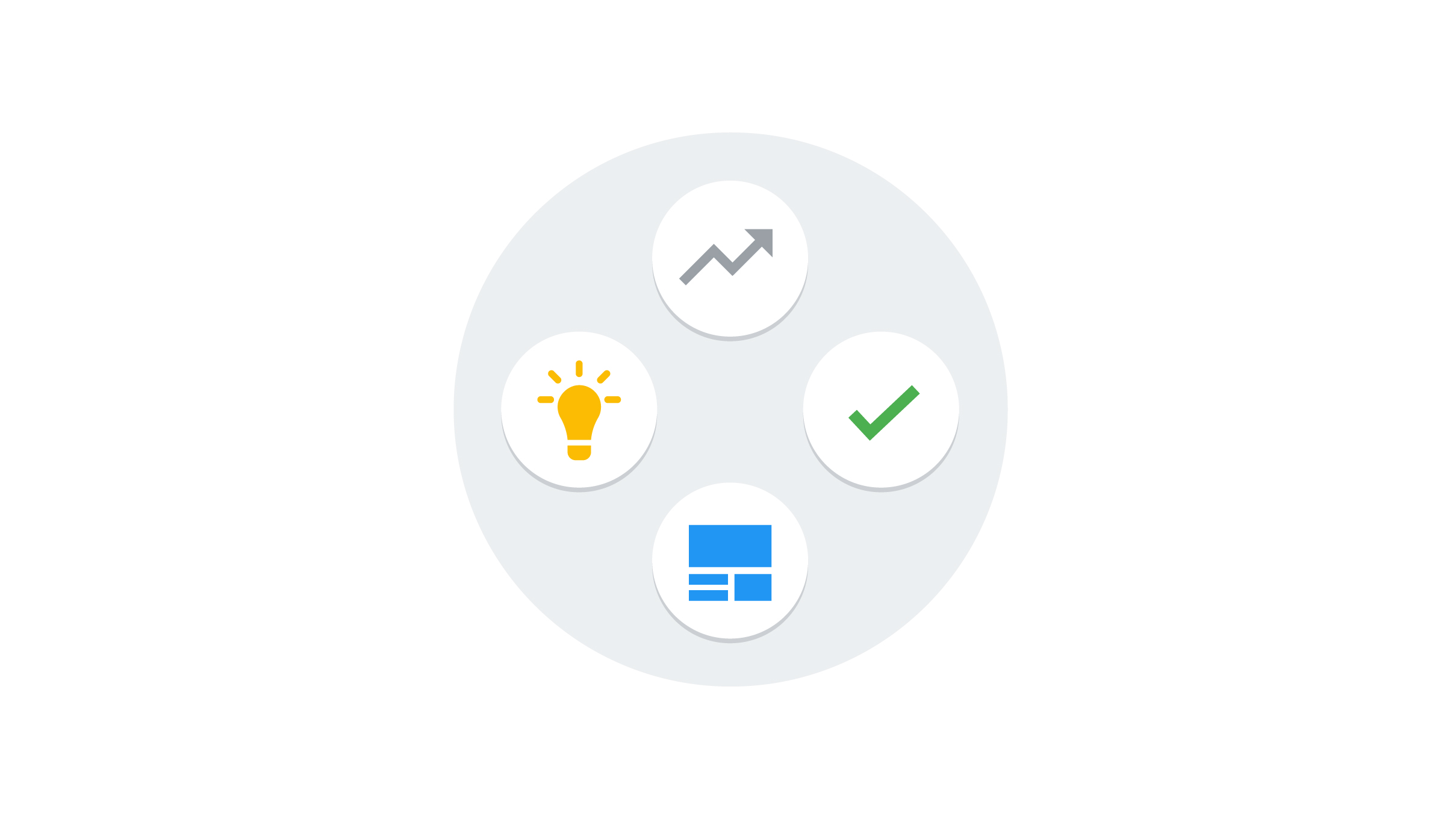Customer journeys are becoming more complex than ever. Most users will go through at least 10 steps before making a purchase, and as many as 900 when it comes to buying something big like a new car1! The wide range of online and offline touchpoints — from watching videos, reading reviews and browsing photos to visiting stores or dealerships — make it difficult for brands to be in the right place at the right time and with the right messaging for their customers.
An omnichannel approach is essential to engage consumers across these different touchpoints, but managing campaigns manually is a nearly impossible task. Whether you’re trying to reach new customers, maximise conversions, or lower costs, there are a range of automated tools available, from smart bidding and creatives to fully automated campaigns, to fit your needs. The key is to make them work for you.
Uncovering opportunities from consumer behaviours
The majority of consumers are always on the lookout for new brands and products relevant to them2. A recent study in Poland showed that only 31% of fashion shoppers had decided on a brand from the beginning of their path to purchase. And similarly in Czech Republic only 43% of consumer electronics buyers had settled on a brand. In both cases, more than half of shoppers hadn’t made up their minds yet3.
In an increasingly competitive market, this is great news — there’s plenty of opportunity to win over potential customers. But when something hits the spot, consumers act fast. 85% of shoppers take a product-related action within 24 hours of discovering what they need.4 That’s a very short time span in a complex environment with so many touchpoints.
Dynamic solutions for dynamic shoppers
Using product feeds with Dynamic ads helps retailers serve up relevant content, and fast. The advantage of a product feed is that there’s a lot of information that can be used to personalise the ad experience with minimal manual work. Imagine if users could see the products they were looking at the last time they visited your website. Sounds familiar? This is Dynamic Remarketing: an effective way to re-engage existing customers with ads that feature products and services they viewed on your site.
If the goal is to reach new customers — those who haven’t been to your site or even know what you offer — that’s where Dynamic Prospecting comes in. It’s a tool that uses machine learning to get an idea of what potential buyers are looking for. Unlike Dynamic Remarketing, which is focused on getting the most value from your existing customers, Dynamic Prospecting is all about acquiring new users.
The products in your feed are evaluated based on performance, relevance, and other factors to determine which ones are most likely to catch the user’s attention and lead to conversions. Advertisers who’ve upgraded to dynamic ads for their acquisition campaigns have achieved on average a 20% higher return on investment than by running non-dynamic ads 5.
A holistic view
Having an automated cross-channel approach means that marketers can access all their touchpoints in one place, analyse the impact of automated campaigns on other channels and measure holistic results. There are many solutions out there, what’s important is to choose the right tools that align with your particular business goals.
Key recommendations:
- Align machine learning to optimise for the core business goal: revenue, volume of sales, or acquisition cost.
- Boost machine learning with data.
- Attach dynamic feeds, enable remarketing lists, use video, image and text assets.
- Measure holistic results.
- Use non-last click attribution to analyse the impact of automated campaigns on other channels.
- Be patient when testing new strategies and solutions —remember to take into account the conversion delay before analysing results.







